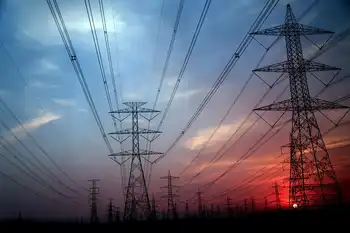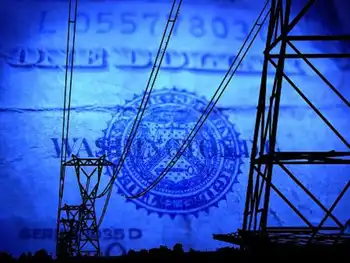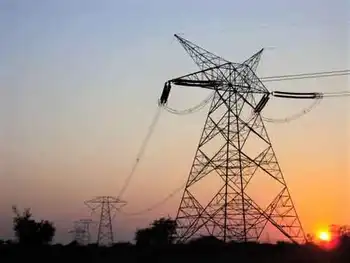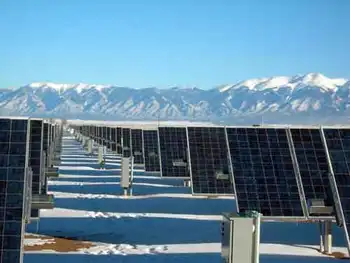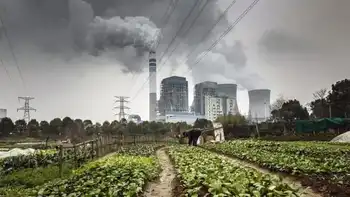PGN delays natural gas supply to Singapore
By Associated Press
Arc Flash Training - CSA Z462 Electrical Safety
Our customized live online or in‑person group training can be delivered to your staff at your location.

- Live Online
- 6 hours Instructor-led
- Group Training Available
State gas firm PT Perusahaan Gas Negara (PGN) said the gas was originally scheduled to reach Singapore's Sakra Island by Aug. 12.
"There is a technical problem that caused the delay. We want to make sure the pipeline can operate for 20 years," PGN president WMP Simanjuntak told reporters recently.
He added that PGN hoped to be able to resolve the problem soon while stopped short of providing further details.
PGN is in charge of gas pipeline construction and gas transmission in Indonesia.
President Megawati Soekarnoputri and Singapore Prime Minister Goh Chok Tong inaugurated a 477-kilometer natural gas pipeline linking the two nations at a ceremony on Panaran receiving terminal in Batam island, Riau earlier this month.
The pipeline transmits natural gas from Grissik natural gas field in South Sumatra to Sakra Island via Sakernan in Jambi and Batam Island.
The project was a collaborative effort between PGN and Singapore's PowerGas, and it took two and a half years to complete the project.
Under a 20-year contract, the pipeline will transmit 150 million standard cubic feet per day (MMSCFD) of gas from fields operated by ConocoPhillips and PetroChina in Sumatra to Singapore buyers. Gradually, the supply will be increased to 350 MMSCFD.
Meanwhile, a source at Singapore's Senoko Power told Dow Jones the company may benefit from more than a week delay in the gas delivery.
The gas is slated to feed Senoko Power's 360-megawatt gas unit that will be commissioned in the fourth quarter of next year. However, until then, Senoko Power will face excess gas supply and is planning to use the bulk of the new gas to run its existing steam turbines.
The efficiency of the steam turbines will drop when the fuel feedstock is switched to gas from fuel oil.
"I think it is a good thing for the buyer. It could be a blessing in disguise," a Senoko Power company source was quoted by Dow Jones on Tuesday. "It may not be good for the seller."
The gas supply contract contains take-or-pay and non-delivery contractual terms in which the seller would have to compensate the buyer in the event of non-delivery, and the buyer would pay a penalty if it fails to offtake the minimum required volume each month, the source said.
Singapore natural gas importer Gas Supply buys the gas from Indonesia and then sells the gas on to Senoko Power.
A Gas Supply official said compensation for non-delivery isn't an issue right now.
"Both parties will sit down and talk about this matter," the official said. "We aren't talking about compensation."
The Gas Supply official said the 7-kilometer Singapore-section of the pipeline that brings the gas from Batam to Singapore is ready to go.
The gas transmission pipeline is also part of huge project the Trans-ASEAN Gas Pipeline Project which plans to connect the region with a giant gas pipeline.
Indonesia is currently the only country in the region which produces natural gas.
The pipeline is planned to be extended to Malaysia's West Coast in the near future.





